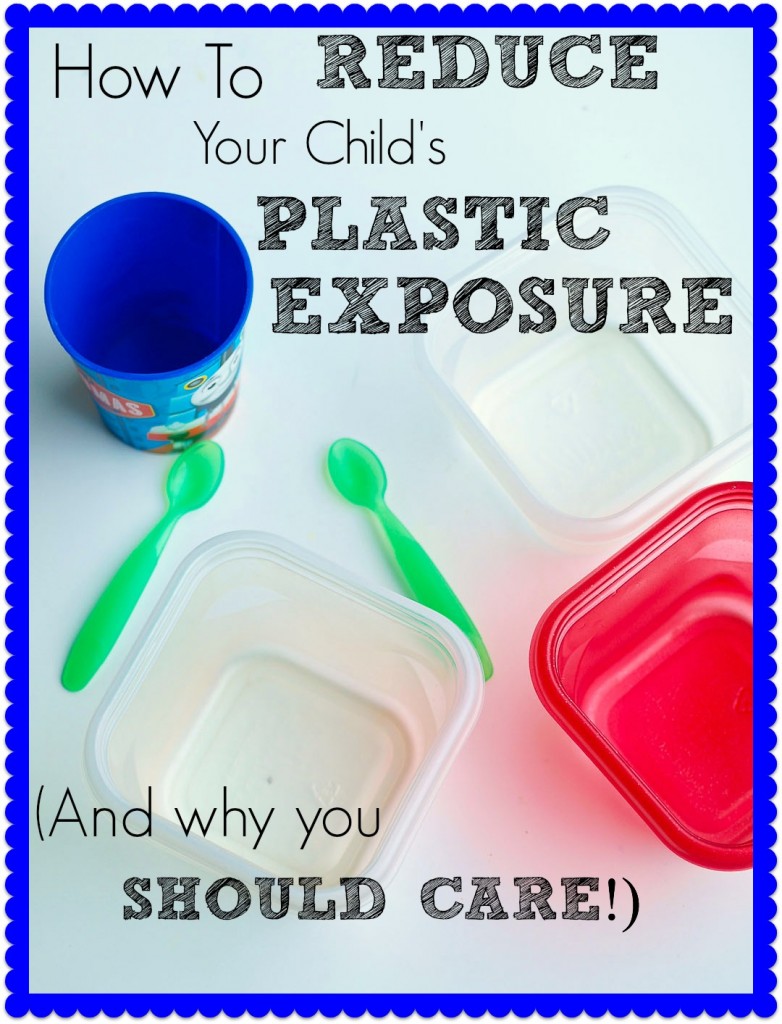 We live in a world where plastic is the norm, not the exception. Everywhere you look, something is made of plastic. It stores our food, our plates and cups are made of it, it’s in our lotion and shampoo, and most homes have toys and electronics that are made with plastics.
We live in a world where plastic is the norm, not the exception. Everywhere you look, something is made of plastic. It stores our food, our plates and cups are made of it, it’s in our lotion and shampoo, and most homes have toys and electronics that are made with plastics.
In many ways, it has made our lives easier. Plastic is lighter and less expensive than other materials. But there is always a price to pay for convenience or cost cutting. In this case, the price you pay for that lighter, less expensive packaging or product is your health.
Before I talk about the ways to reduce your child’s plastic exposure, I want to help you understand why you should even care. Sometimes I want to put my fingers in my ears and yell “LA LA LA!” because once I learn these things, I can’t unlearn them. And the more I’ve learned about plastics and how they can affect my health and my kids’ health, the more I want them out of my life.
Note: Please see source list at the end of this post for all sources referenced.
There are many different kinds of plastics out there. We have been led to believe that there are “safe” plastics, but more and more I’m learning that there are no safe plastics. This study concluded that most plastics, not just those containing BPA, release estrogenic chemicals.
Why is that a big deal? In the most common of terms, these plastics mess with our hormones. Endocrine disruption can lead to a myriad of health issues, including cancer, birth defects, fertility problems, immune system suppression, and developmental problems in children.
BPA is suspected to be a carcinogen and Di(2‐ethylhexyl) Phthalate was listed in the 13th Report on Carcinogens labeled “Reasonably Anticipated to be a Human Carcinogen.” That is enough information for me.
The effects of plastics may not be immediate, but I’m not willing to risk my or my children’s long term health. While completely eliminating plastic from our lives is next to impossible, there are steps we can take to reduce our exposure. The less these plastics are in our life, the less the chance they are going to have a negative impact on our health. This is important. Every little step you can take to reduce plastic use can make a difference.
Here are 4 Ways You Can Reduce Your Child’s Plastic Exposure:
#1 Don’t Use Plastic Plates, Cups, or Utensils
When Meghan was a baby, I knew nothing about the dangers of plastics. Everything I bought for her was plastic, from plates to sippy cups to spoons. Knowledge is power. The more I learned, the more I got rid of that stuff. We still have a few plastic things, but they rarely get used. Most often, my children eat off of glass plates, drink from glass cups, and use stainless steel flatware. I’m not sure when our fear of breaking something became bigger than our fear of letting chemicals into our lives. The truth is, Luke has eaten off of glass plates and drank from glass cups from a very young age, and things don’t get broken. Even before he was one year old, I had him drinking out of these tiny glasses from Montessori Services. Our kids are more capable than we give them credit for. When it comes to water bottles, we use this glass kind or this stainless steel kind. I use stainless steel containers
to send Meghan’s lunch to school.
#2 Don’t Store Your Food in Plastic Containers
Over the years, I have slowly gotten rid of my tupperware-style storage containers in favor of Pyrex glass storage containers. It took time as it is more of an investment to buy glass, but it is so worth it to know the food I’m storing is safe. I still have not completely ditched Zip Lock bags, although I am trying. I just don’t have enough glass storage containers yet to store all my frozen foods in glass. Most of my food, however, is stored in glass.
#3 Be Careful About the Food You Buy
Most canned goods are lined with BPA. Two brands that I most frequently use that have BPA-free linings are Eden Organics and Muir Glen. Here is a list of additional companies committed to using BPA-free packaging. So many processed foods and condiments come in plastic containers or bags. One way to avoid this is to limit the amount of processed foods you eat (a win-win!). Look for foods that are sold in non-plastic containers. The peanut butter and jelly that I buy come in glass containers along with many of the oils and condiments I buy. Whenever glass is a choice, I go for the glass. Sometimes you have to pay more for these products, but the good news is that you can reuse those glass containers for so many things in your home. If you don’t have room or a need for them, they can be recycled.
#4 Buy Natural Personal Care Products
Plastics are not only in our containers, but they are lurking in our personal care products, just waiting to be inhaled or absorbed into our skin. It can be difficult to distinguish which products contain phthalates because they don’t always have to be clearly labeled. Phthalates can hide in a number of different ingredients. Any skin-care product with the listing “fragrance” likely has phthalates. I rely heavily on the Environmental Working Group’s website, Skin Deep, to help me sort through which products are safe. I use their app to scan products when I’m in the store and love getting that information when I’m not prepared ahead of time.
I am far from perfect in this area, but I’m learning and striving to rid our lives of as much plastic as I can. I feel like it’s my duty as a mother to keep my kids as safe as I can, and if one way I can do that is to reduce their exposure to plastics, you better believe I’m going to do it. I hope this list has helped you on your journey to more natural living. Your health and your kids’ health is worth the effort! Please let me know if you have any questions and I’ll try to answer them!
I’d also love to learn from you. What do you do to reduce your children’s exposure to plastic? Share your tips!
Sources
http://ehp.niehs.nih.gov/1307449/
http://www.earthresource.org/campaigns/capp/capp-health.html
http://toxtown.nlm.nih.gov/text_version/chemicals.php?id=24
http://ntp.niehs.nih.gov/ntp/roc/content/listed_substances_508.pdf
http://www.niehs.nih.gov/health/topics/agents/endocrine/
https://www.endocrine.org/~/media/endosociety/Files/Publications/Scientific%20Statements/EDC_Scientific_Statement.pdf

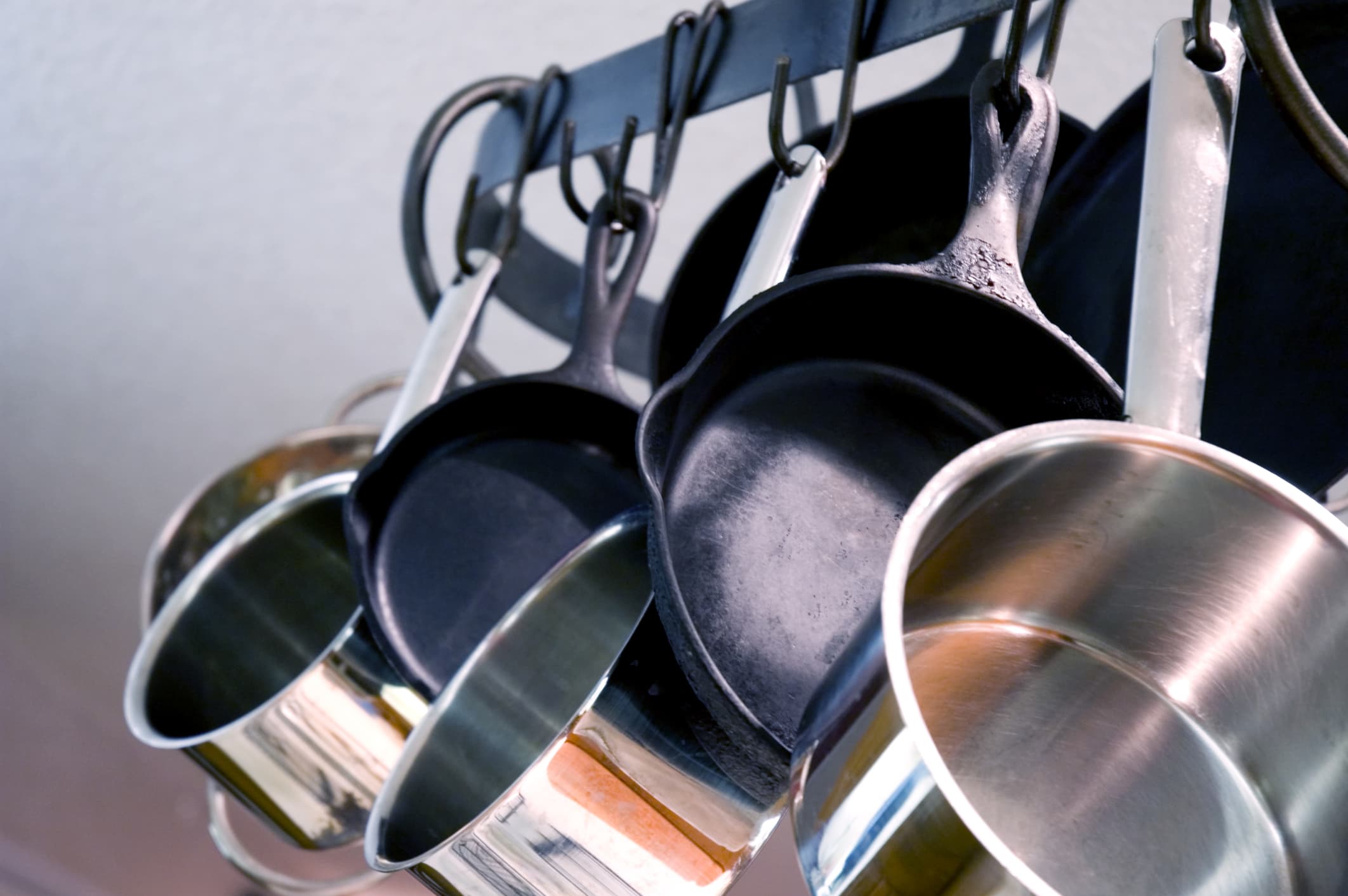
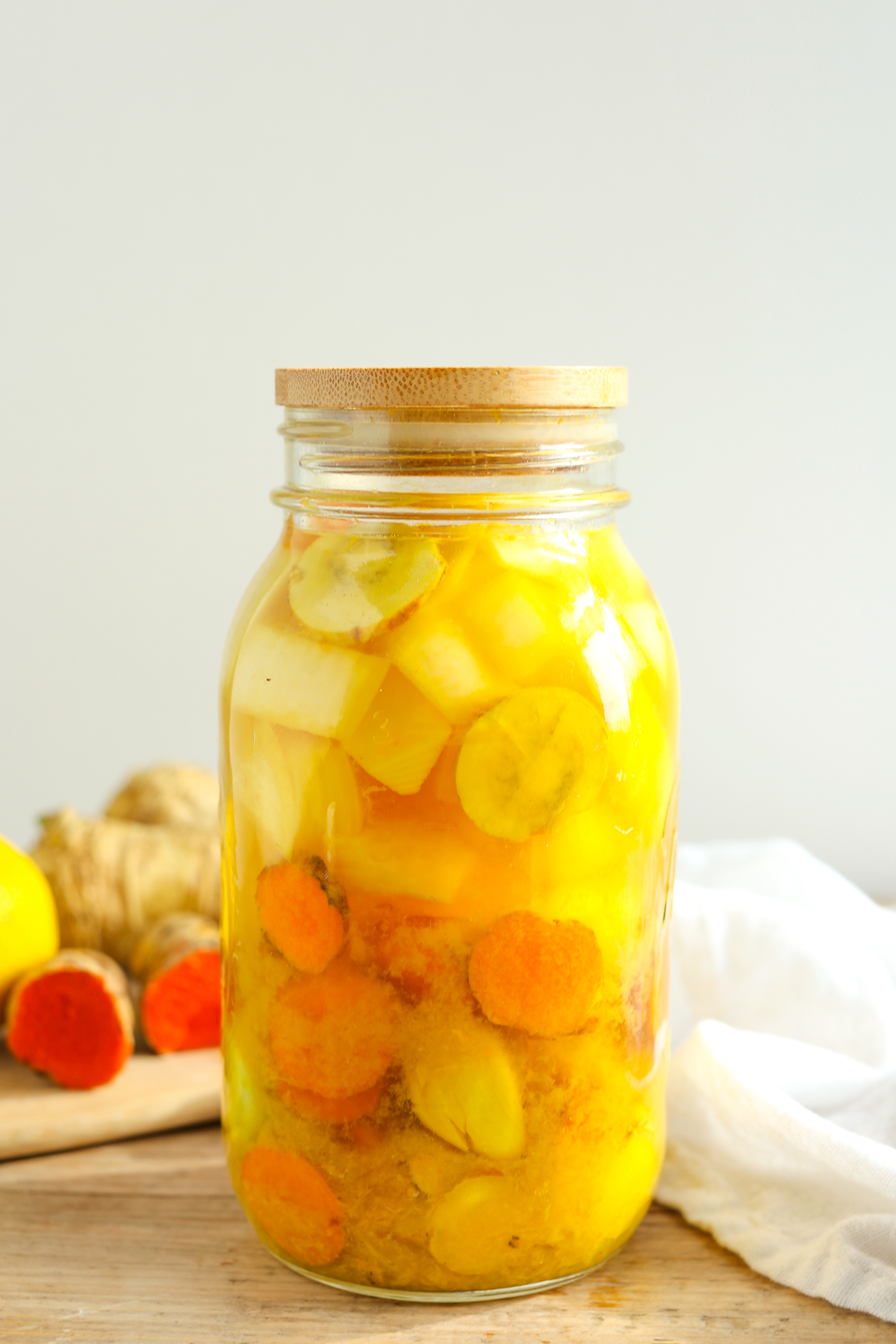
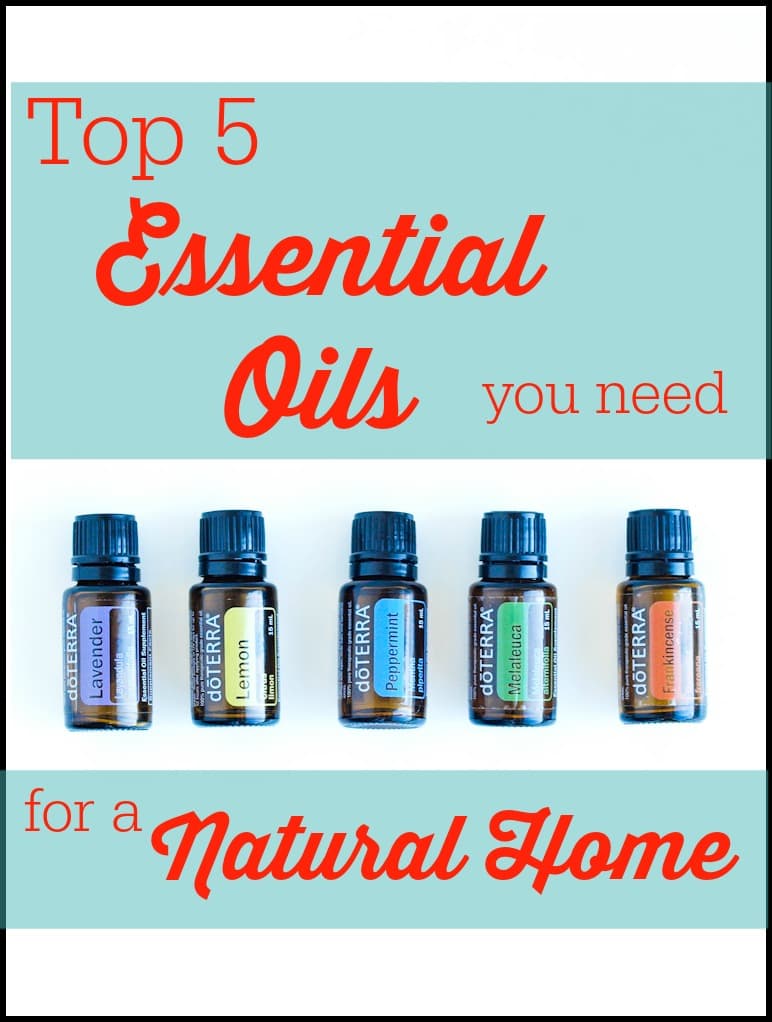

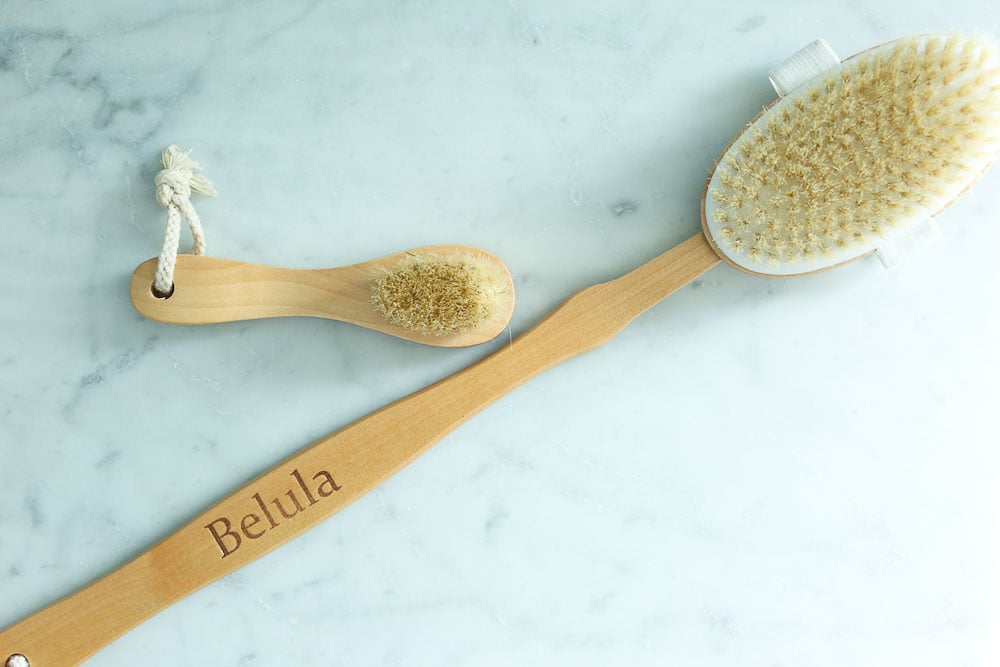
Thank you for the post. I stumbled upon it while researching if there were any plastics that are safe to have… I’ve verified what I was sure I knew already.
My prayer is that all of the years I’ve used plastics with my kids, any bad ju-ju would be eliminated from their systems. All my grandma and mom ever used with me and my siblings was plastic. The ‘80s-‘90s didn’t offer much education about the risk then.
Thank you again for the tips and also for the links. Blessings.
Nice post! I agree we need to reduce the amount of plastic in our homes. It is bad for our children and hurts the environment. However, it seems to me that now we understand more that plastic is harmful and causes a lot of damage.
wow. hadn’t realized this. i did know that things store better with glass. i will start making this transition as we are becoming a chemical-free household. & i know this will only improve my health outcomes as i have multiple chemical sensitivity. thank you so much for the bold move to discuss this topic. The next article you write on plastics could you include the website links. again, thanks so much for being a courageous healthy mom.
You’re welcome, Valreca. Best of luck on your journey!
We’ve been trying to reduce plastic in our household too. Our kids have used glass cups from the beginning and it is rare that anything breaks. I always have to search around for the few plasticware we have left for visitors who just don’t believe their child can be trusted with glass! Out kids use klean kanteen water bottles.
I know what you mean–I get really strange looks when I hand glass to our guests’ kids. Or they flat out ask for plastic. I tell them it’s okay if it breaks! 🙂
Thank you for writing a post on this! You’re one of the very few mothers in this world that actually seems to care about this kind of stuff. I wonderx are you an advocate for organic food too?
Yes, I definitely am.
It’s amazing all of the products that are packaged in plastic-condiments, milk, juices, salad dressings, berries, lettuce, etc. I am definitely more aware, and will try to choose the glass option when available! Just got rid of all of our plastic storage containers and moved to glass. Thank you for the post and inspiration!!
You’re welcome! It is crazy how much plastic is everywhere. Awareness definitely helps!! Spread the word. 🙂
Love those tiny glasses! I think I’m going to order those. I’m working on the plastics in our house too.
This is a very informative post! Thank you for sharing.
I agree with you on everything! I’ve replaced all my plastic containers, always check EWG for personal products, don’t buy canned goods (unless it’s one of the brands you mentioned) and I drink from my Lifefactory water bottle. I’m having a hard time giving up ziplocks, plastic wrap, and the stuff I need to send to daycare with my 2-year old. I’m going to start letting him eat off regular plates and I just ordered him a Lifefactory straw bottle for home. Also ordered stainless containers for lunch for daycare. Thanks for not making me feel like I’m the only other person who thinks about these things!
You are definitely not alone!
I need to switch to glass now!
You really do!
The hardest thing for me is WATER BOTTLES! I just can’t replace my Nalgene…but I’m trying and I’m open to suggestions!
We love our Lifefactory glass water bottles. You won’t go back to plastic once you are drinking out of glass. I can’t stand the smell/taste of drinking out of plastic now that I haven’t used plastic water bottles in so long.
great post, lots to think about 🙂
Thank you, Lacey.
Great list of reasons! Also by getting rid of plastic we are being more environmental! I am working on getting rid of my mismatched, missing pieces of tupperware!
Very good point! That could be a whole different post! 🙂
This is a great post with helpful alternatives for plastic.
I love this post! I also adore Pyrex Tupperware but I definitely need to start getting rid of the random plastic cups and bowls I have laying around. Thanks for sharing such an informative post!
It’s funny–we still have random plastic things as well. (Like the things I have in the picture) We just don’t use them. The kids will get plastic cups from birthday parties or whatnot and sometimes it’s hard to explain why I don’t want them to use them.